Legal strategies often straddle the fine line between innovation and manipulation. “Snap removal” is one such topic that has sparked both legal and ethical debates. Its increasing use in the legal and corporate world is raising questions about its implications for fairness and justice.
But what exactly is snap removal, how does it work, and why has it become such a polarizing strategy?
This blog dives into the mechanics, legality, and ethics of snap removal, providing insights for business owners, legal professionals, and individuals navigating this contentious area. By the end, you’ll have a clearer understanding of not only what snap removal entails but also how it can be approached strategically yet responsibly.
What is Snap Removal?
Snap removal, also referred to as “removal before service,” is a legal maneuver often used in litigation to shift a case from state court to federal court. Under 28 U.S.C. § 1441(b)(2), also known as the “forum defendant rule,” a case involving a defendant who is a citizen of the state where the lawsuit is filed (a “forum defendant”) cannot be removed to federal court if that defendant has been properly served in the state court.
However, the key here lies in the timing. If the forum defendant removes the case *before** being served, the forum defendant rule does not apply, allowing the case to proceed in federal court instead of state court. This tactic is frequently leveraged by defendants who see federal courts as more favorable due to factors like stricter procedural rules or perceptions of fewer local biases.
Why is it Used?
Snap removal is often employed in cases where defendants believe state courts may be less impartial, especially when local residents and businesses are involved. By transferring the case to federal court, defendants may hope for a more “neutral” forum with judges experienced in handling complex cases involving out-of-state parties.
For businesses and corporate legal teams, this strategy can sometimes provide an edge in high-stakes litigation. However, while snap removal may seem like a clever move, it’s not without controversy.
Is Snap Removal Legal?
The legality of snap removal stems from an interpretation of the forum defendant rule under federal removal statutes. Courts have differed in their rulings, leading to inconsistent application across jurisdictions.
Key Court Cases
Several key cases highlight the ongoing debate about snap removal’s legality and appropriateness.
- Gibbons v. Bristol-Myers Squibb Co. (2019): The U.S. Court of Appeals for the Second Circuit upheld the use of snap removal, finding no issue with the defendant removing a case before being served. The court emphasized that the clear language of the statute allowed this interpretation.
- Encompass Insurance Co. v. Stone Mansion Restaurant, Inc. (2018): The Third Circuit also affirmed snap removal, ruling that statutory language permitted a defendant to remove a case before service.
However, other courts have taken a more restrictive stance, highlighting that while snap removal may align with the literal wording of the law, it may conflict with its intended purpose.
Legislative Gaps
The debate largely boils down to how the forum defendant rule is interpreted. Critics argue that snap removal exploits a legislative loophole and undermines the rule’s intent—to prevent defendants who are citizens of the forum state from choosing a potentially more favorable court.
To date, no universal legal precedent resolves the issue. This leaves snap removal in a state of legal grayness that varies depending on jurisdiction.
Ethical Implications of Snap Removal
Beyond its legality, snap removal raises important ethical questions.
Exploitation vs. Strategy
For supporters, snap removal is a strategic use of existing legal frameworks. Businesses and legal professionals often argue that it’s a legitimate tool in ensuring a level playing field, especially when facing potential biases in state courts.
However, critics highlight its potential to exploit procedural technicalities at the expense of fairness. Plaintiffs, particularly individuals or smaller businesses with fewer resources, may find it harder to compete in the strict procedural environment of federal courts.
The Perception of Justice
Legal fairness often hinges not only on actual outcomes but also on public perception. Snap removal raises concerns about whether justice is being served or undermined by defendants “gaming the system.” For businesses keen on maintaining their reputations, the perception of using such tactics could lead to backlash.
Best Practices for Ethical and Legal Use of Snap Removal
If you’re considering snap removal in a legal case, here’s how to approach it responsibly and ethically.
1. Ensure Legal Understanding
Understand the case law and nuances surrounding snap removal in your jurisdiction. Consulting with experienced legal counsel is crucial in deciding whether this strategy aligns with both the letter and spirit of the law.
2. Consider the Strategic Risks
While snap removal may provide a tactical advantage, consider the potential backlash or long-term impact on your reputation. For businesses, a perceived lack of fairness could harm relationships with customers or stakeholders.
3. Act Transparently
Whenever possible, engage in open communication with opposing counsel to maintain professional integrity. Avoid appearing as though you’re leveraging loopholes to escape accountability.
4. Assess Suitability Case-by-Case
Snap removal should not be a one-size-fits-all solution. Evaluate whether it truly serves the interests of the case or merely delays proceedings.
5. Advocate for Clarity in Law
Legal professionals have a responsibility to advocate for clarity in legislation. Engaging with reforms that address inconsistencies in the forum defendant rule can lead to a more equitable legal system.
Snap Removal Done Right
The reality of snap removal is that it balances on a knife’s edge between legal strategy and ethical controversy. While it offers certain advantages, it’s not without risks, particularly in terms of fairness and public perception.
For legal professionals, business owners, and individuals faced with litigation, understanding the intricacies of snap removal is essential. Approaching this strategy with transparency, legal clarity, and ethical considerations can make all the difference in leveraging it effectively while maintaining professional integrity.
Whether you’re navigating litigation as a business or simply curious about the evolving dynamics of legal statutes, staying informed about these strategies is key. At AI Legal Services, we’re committed to sharing ongoing insights into legal best practices—stay connected with our blog for thoughtful updates and professional guidance.



